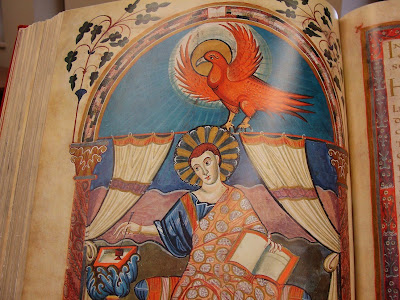Remembering the Georgetown Dinette.
An announcement posted last week by the Georgetown Metropolitan points to the closing of the Georgetown Dinette, a venerable greasy spoon that was a haunt of mine in my college days. I was a bit skeptical about this report, both because the Dinette has previously closed temporarily - more than once, in fact - and another blog's report from just last month suggests that the restaurant's owners also intended the current closing to be temporary. I would still appreciate a more authoritative confirmation of the restaurant's status, but the fact that Yelp also reports it as having closed leads me to wonder whether the end really has come for the Georgetown Dinette.
Like Au Pied de Cochon, an old Wisconsin Avenue fixture eulogized in this space a few years ago, the Georgetown Dinette was a beloved local institution that helped to give the Georgetown neighborhood its soul. In my time, the Dinette was also known informally as "Harry and Emmy's," after Harry and Emmy Choi, the Korean husband-and-wife team who owned and operated the place. While Harry normally worked quietly in the kitchen, the voluble, charismatic Emmy held forth behind the counter, happily bantering and joking with each customer. Emmy could be very direct and disarmingly familiar in her dealings with customers; as some Yelp reviewers have noted, when an order was ready Emmy would typically summon the customer by saying things like "Hey boyfriend, your food ready - I not a waitress!" or "Tall girl, come get your food!" Emmy also had a gift for remembering regular customers' standard orders; once you placed your first order at Harry and Emmy's, you were good for life, as Emmy could usually be counted upon to remember what it was and would ask Harry to make it for you the next time you came in. In my case, this practice held true even when I returned to Harry and Emmy's at infrequent intervals: visiting the restaurant once after a two-year absence, I was impressed to see Harry and Emmy produce my usual order (a cheeseburger with lettuce, tomato, onions and mayo, with a side of fries) without having to be reminded of what it was.
As I wrote above, Harry and Emmy's was a place that helped to give Georgetown its soul - the sort of place that is becoming harder and harder to find as quirky and characterful family-owned and independent businesses steadily disappear, often to be replaced by anonymous chain stores and corporate franchises. One really can't speak of "gentrification" in this context, as Georgetown has been a wealthy neighborhood for a long time, but one can speak of a certain inexorable commercial homogenization. If the Georgetown Dinette is really gone, it will have joined the company of other departed neighborhood stalwarts like Au Pied de Cochon, Sugar's Campus Store, or Chu's Café on Prospect (another mom-and-pop that deserves its own post on this blog). It's all very sad to see, and if a day comes when the neon façade of Dixie Liquor no longer greets motorists and pedestrians crossing the Key Bridge from Rosslyn, then we will have seen the true end of an era. AMDG.







